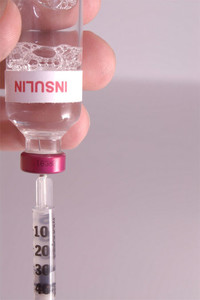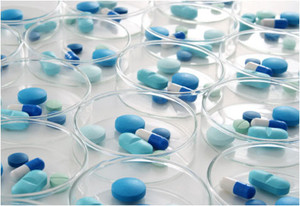In March 2015, the European Medicines Agency (EMA) released its finalized guideline on the non-clinical and clinical development of insulin biosimilars.
EMA issues finalized insulin biosimilars guideline
Home/Guidelines
|
Posted 27/03/2015
 0
Post your comment
0
Post your comment

The new guideline replaces the ‘Guidance on similar medicinal products containing recombinant human soluble insulin’ (EMEA/CHMP/BMWP/32775/2005), which came into effect in June 2006. The new guideline lays down the non-clinical and clinical requirements for recombinant insulin-containing biosimilars, including human insulin and insulin analogues (both referred to as insulin).
Guideline on non-clinical and clinical development of similar biological medicinal products containing recombinant human insulin and insulin analogues EMEA/CHMP/BMWP/32775/2005_Rev. 1
Date: 26 February 2015
Effective date: 1 September 2015
www.ema.europa.eu/docs/en_GB/document_library/Scientific_guideline/2015/03/WC500184161.pdf
The non-clinical section addresses the requirements of in vitro pharmacodynamic studies and cases when there is a need for additional in vivo toxicological assessment. The clinical section addresses the requirements for pharmacokinetic, pharmacodynamic and safety studies as well as the risk management plan. Requirements for insulin-clamp studies (used to measure how patients metabolize glucose or how sensitive patients are to insulin) and for long-acting insulin preparations are also included.
The guideline also makes it clear that there is no anticipated need for specific efficacy studies since endpoints used in such studies, usually HbA1c (glycated haemoglobin), are not considered sensitive enough for the purpose of showing biosimilarity of two insulins. Clarity is also provided on extrapolation of indications, e.g. from subcutaneous to intravenous use and to other indications and patient populations licensed for the reference product.
In a change from the previously released draft version, EMA has dropped its requirement for ‘manufacturers who are planning comparative clamp studies to consider reports that individuals of African, South Asian or Hispanic descent have reduced glucose clearance’. This change is reportedly due to a comment from European Biopharmaceutical Enterprises, which pointed out that since each subject is his or her own control, ethnic differences should not matter.
Related article
EU guidelines for biosimilars
Permission granted to reproduce for personal and non-commercial use only. All other reproduction, copy or reprinting of all or part of any ‘Content’ found on this website is strictly prohibited without the prior consent of the publisher. Contact the publisher to obtain permission before redistributing.
Copyright – Unless otherwise stated all contents of this website are © 2015 Pro Pharma Communications International. All Rights Reserved.
Source: EMA
Policies & Legislation
ANVISA tackles 24-month backlog in biologicals post-registration petitions
US EO: delivering Most-Favored-Nation Prescription Drug Pricing to American patients
Most viewed articles
The best selling biotechnology drugs of 2008: the next biosimilars targets
Global biosimilars guideline development – EGA’s perspective
New guidance for biologicals in Pakistan and Hong Kong’s independent drug regulatory authority

Home/Guidelines Posted 20/10/2025
Canada poised to remove requirement for Phase III trials for biosimilars

Home/Guidelines Posted 22/07/2025
The best selling biotechnology drugs of 2008: the next biosimilars targets








Post your comment